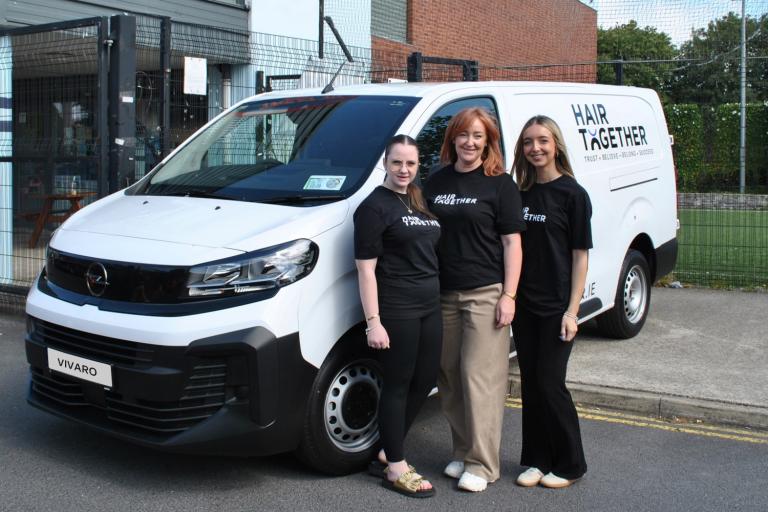Kona Hybrid fills a void but needs finessing
Published on 20 September, 2020
Minor grumbles aside, Hyundai's hybrid option is a good stepping stone to an EV future
Overview
Regular readers will know that I've always had a thing for Hyundai, especially for its i10 city car and the Kona, the Korean company's impressive small SUV.
Even in the very depressed 2020 market, the Kona had sold more than 2,200 units by last Wednesday, making it the fifth most successful car this year - only about 600 units shy of the Hyundai Tucson, which is in number two spot behind the Toyota Corolla.
Meanwhile, 600 of the i10s have been sold, making it the firm favourite in the city car category. My wife has bought two i10s in the past 10 years and it was a runaway winner of the Sunday Independent Car of the Year.
However, it is the Kona that especially interests me now. This is a car which ranges in price from €21,400 to nudging €40,000, while covering the ground from being powered by a small petrol engine to a very well-specced electric car with a very superior range of around 450km. In between, there are diesel and all-wheel- drive options.
It is the EV that has been making a lot of the running and Which? magazine was so impressed with it that at the end of 2019 it was its product of the year. That's not just cars, as the competition included everything from home to garden, motors and everything in between, as more than 3,500 products were whittled down for its top picks of 2019 by an independent testing team.
They wrote: "The Kona Electric isn't just an excellent and affordable EV, it's an excellent car full stop. That's what makes it both a game-changer and our pick as the product of 2019."
For what it is worth, I also made the Kona EV my personal pick for car of the year.
The only issue with the Kona EV has been - along with most electric cars - its price. On paper that is in excess of €50,000, but a VRT rebate, SEAI grant and a Hyundai contribution bring it down to buttons under €40,000.
Now the gulf between the cheapest petrol model and the EV has been bridged by the launch of a fully hybrid version that takes the fight to the Toyota C-HR. It gives an option for people who don't want to go the full EV route yet.
Costing €29,050, this has the drivetrain from the proven IONIQ Hybrid. This comprises a well-tried 1.6-petrol engine, a 1.56kWh battery and a 32kW motor to deliver hybrid power to the front wheels. You will be able to use electric power for some urban driving.
There's a good, six-speed dual-clutch transmission and paddles behind the steering wheel if you want some sporty elements. Unfortunately, you aren't going to get it from the acceleration as it has none of the oomph of its electric sister, rather a sedate 11.6 for the 0-100kmh sprint.
However, consumption is good and can be very well monitored through the excellent gauges. With respectful driving and using the regenerative braking system, the claimed 56mpg (5l/100km) is almost achievable and the system encourages you to go for this.
At the moment, the sales of the Kona this year are split 42pc petrol, 20pc electric and the other 38pc fall equally between diesel and the new hybrid.
I liked the Kona Hybrid and although the luggage area and rear seat would not have the space of some of Kona's competitors, it would suit me, other downsizers and young couples very well.
The rear seats fold flat and I was able to put my full-sized bike in with ease - which is my default test for any small SUV.
There is a revised Kona out in time for the new year, and if it has any of the touches from the new Tucson, which has just been launched, it will be mighty fine indeed.
However, there are a few annoying bits about the hybrid Kona that might get to me.
Firstly, I would want to put in the front parking sensors for €250 (it's greedy that they aren't standard). I also can't understand why there isn't a grab handle above the driver's door, there wasn't keyless ignition, plus a couple of additional safety and driving systems that are now becoming standard on many vehicles at this price. Maybe they will come with the revised model, when the 1.6 engine should be retired, too.
The test car was dressed in a very industrial grey and didn't show the car off to its best. Go for one of the models with bright colours and a duo-tone roof.
I liked the light but precise driving of the car, it has excellent suspension and feels good on the road even with the very flashy special hybrid alloys.
Maybe the Kona is getting to the point that it needs a bit of restructuring and finessing. By doing so, it will only gain in its already enormous popularity, but there is an awful lot of competition coming.
********
I like to give a shout-out to any company trying to do more for the environment and was pleased to hear that Applegreen is pioneering a climate initiative that gives motorists the opportunity to drive CarbonNeutral as part of the company's 'Drive Change' sustainability strategy.
Applegreen will offset all carbon emissions from fuel used by customers who fill their tank with PowerPlus. In addition, Applegreen is committed to planting more than 300,000 native trees in Ireland. PowerPlus is Applegreen's most advanced premium fuel, which includes a special additive that claims to deliver fuel economy benefits of up to 4pc while also reducing CO2 emissions (by some 3.73pc for diesel).
PowerPlus also claims to actively clean and restore engines to a 'like new' condition. To achieve CarbonNeutral certification, Applegreen is supporting a clean water initiative in East Africa that will offset more than 100,000 tonnes of carbon each year.
The company is working with the carbon-neutral specialist Natural Capital Partners to purchase carbon offset credits from Irish NGO Vita, whose project involves restoring community water points to provide easy access to clean water for families in East Africa. This reduces the need to burn fuel wood, resulting in deforestation, in order to boil water.
Of course, everything is done with the bottom line in mind, but some praise is due and should be freely given.
Latest Reviews

Opel Supports Hair Together with Vivaro Van Donation

2025 CarsIreland Dealership Awards Q2

Rock n Roll Star - Defender partners with Oasis Live